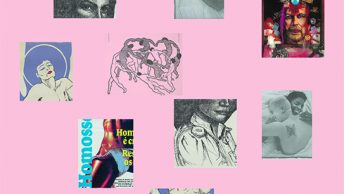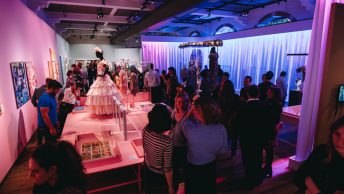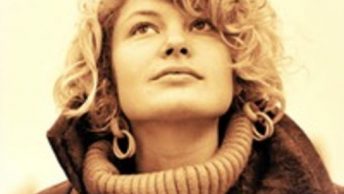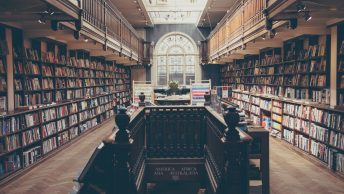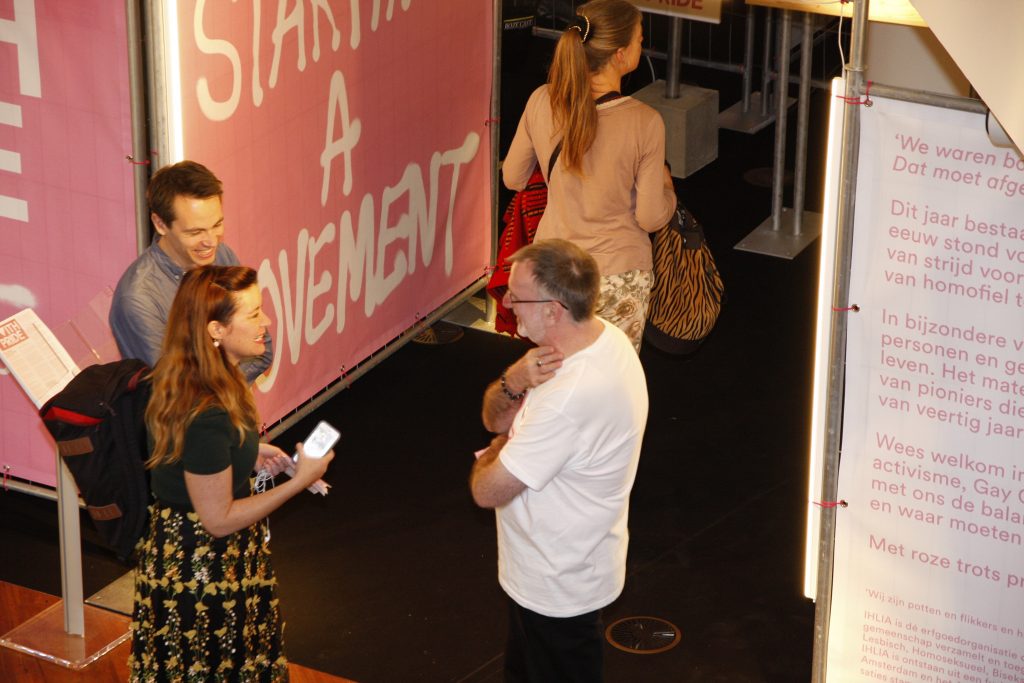
Amsterdam’s main public library, located just a stone’s throw from the central station, houses an unusual archive in respect to mainstream collecting interests of Italian institutions but not only. It’s called IHLIA LGBT Heritage and is the largest international documentation center on lesbian, gay, bisexual, Trans and queer issues in Europe.
Door: Nicole Moolhuijsen This article (in Italian) was first published in ARTRIBUNE 5 March 2020
But what does it mean to collect LGBT culture today? And why is it important?
The collection comprises over one hundred thousand titles including publications, magazines, documentaries, posters and objects. First of all this means having a leading role in building and keeping alive the memory of marginalized, mistreated and discriminated communities – even today and in various contexts – in terms of civil rights and freedom of expression. It also means playing an activist role in advancing debates on current and controversial issues, narrowing the boundaries between culture, politics and society.
At IHLIA LGBT Heritage, thanks to the Ivano Becchi Project of the Banca del Monte di Lombardia Foundation, I have the opportunity to conduct research on how this organisation and several Dutch museums are working to promote reflections on diverse gender identities and sexualities. An evidence of this approach is ‘Queering the Collections’, a project with which various Dutch institutions are creating connections between the interpretation of collections and sensitive issues at a political and social level.
The initiative took off thanks to the awareness raised by IHLIA, the Reinwardt Academy and the Amsterdam Museum. It should be noted that a decade ago, even in the Netherlands, engaging culturally on issues of gender and sexual diversities was not common. Reasons for resistance could be various and in general traced back to the idea that it wasn’t the cultural institutions’ place to deal with these issues, especially at a level of collections’ display and interpretation. What do gender issues and LGBT struggles have to do with the contents of an art institution or an anthropological, scientific or history museum? And why should a cultural institution be the spokesperson for such sensitive issues in the contemporary debate?
A queer approach
Five years have passed since then and the resolutions of these questions can be found in the cultural policies of many institutions. The Van Abbemuseum in Eindhoven employ queer theory as work methodology, encouraging experiments that challenge hierarchies and embrace diversity at multiple levels.
A statement of this approach which permeates organically in the organisation are the gender neutral toilets located at the entrance of the museum. Accessibility and inclusion are in fact concepts promoted at a level of exhibit design, communication and public programming. On the one hand, the exhibition itinerary renounces rigidly historical and artistic interpretations; on the other, the works are often related to themes that have a value in people’s lives. Such as sexual identity, intimacy and relationship with the body, investigated through the subjects depicted or the personalities of the artists.
Olle Lundin, of the Van Abbemuseum, tells how a queer approach is also aimed at questioning the authority of the museum, from the point of view of how it generates knowledge. In fact, the narratives that the institution creates often make use of external collaborations featuring the views of artists, representatives of associations and individual citizens, constituting on overall the institution’s multiple voices.
The Van Abbemuseum presents itself as a cutting-edge institution that shows its character in the renunciation of establishing boundaries between ‘institutional discourse’ and ‘community experiences’. “WHY AM I HERE? was a research and residency program that took place at the Van Abbemuseum over the course of 2018 which was created and curated by Alice Venir and Julius Thissen. It raises critical questions about the profound meaning and implications of including different groups in the museum. To what extent, ask the project’s curators, are we able to transform the needs of marginalized communities into new approaches to our work?
Narratives
At the Amsterdam Museum, LGBTQ narratives come together in a project that questions a city’s traditional storytelling methods by participatory approaches. Being aimed at representing the diversity of the social environment, in this case of Amsterdam, the ‘experts’ actively involved in the narrative processes are above all the inhabitants. These ‘new collecting’ dynamics, since the material collected and exhibited includes people’s memory, are visible both in the exhibition rooms through wall texts and through videos online.
At the Coda museum, library and archive in Apeldoorn an exhibition on Drag identities illuminates the ways of living and experiencing different gender identities on one’s body also through educational projects targeting schools. Visiting these institutions encourages reflection on gender stereotypes, diverse sexualities and the discrimination and violence associated with them.
Let’s think about the fact that homosexuality, as a category of analysis for a trait of human behaviour, began to develop towards the end of the nineteenth century in the West. And let’s think that hate and discrimination on the basis of the so-called ‘sexual orientation’ still exist today, especially at a legislative level and on the basis of a cultural construct which, historically speaking, has a rather short life. Building an archive on issues of gender and sexual diversities means above all giving people the opportunity to get informed, to know and acquire the necessary tools to become aware of how certain identities form and develop.
I am thinking, for example, at the initiatives that this institution has dedicated to Trans identities, investigated with humanity and attention to the multiple meanings of the transition, adopting narrative approaches distant from the stereotype that connects a multi-faceted identity to a pathology and a condition of perpetual suffering.
IHLIA LGBT Heritage, thanks to its network, is behind many of the cultural actions that are conducted on these issues in the Netherlands and not only. What strikes me about this place is that even though it’s an archive, many professionalisms resemble those of a museum, or a contemporary cultural center. There is in fact people who work on external communication and public engagement. Accessibility, audience development and digital are keywords for the future development of this place. This is very far from the idea of an archive being a ‘mausoleum of documents’ for only scholars and experts. We can only learn from here.

